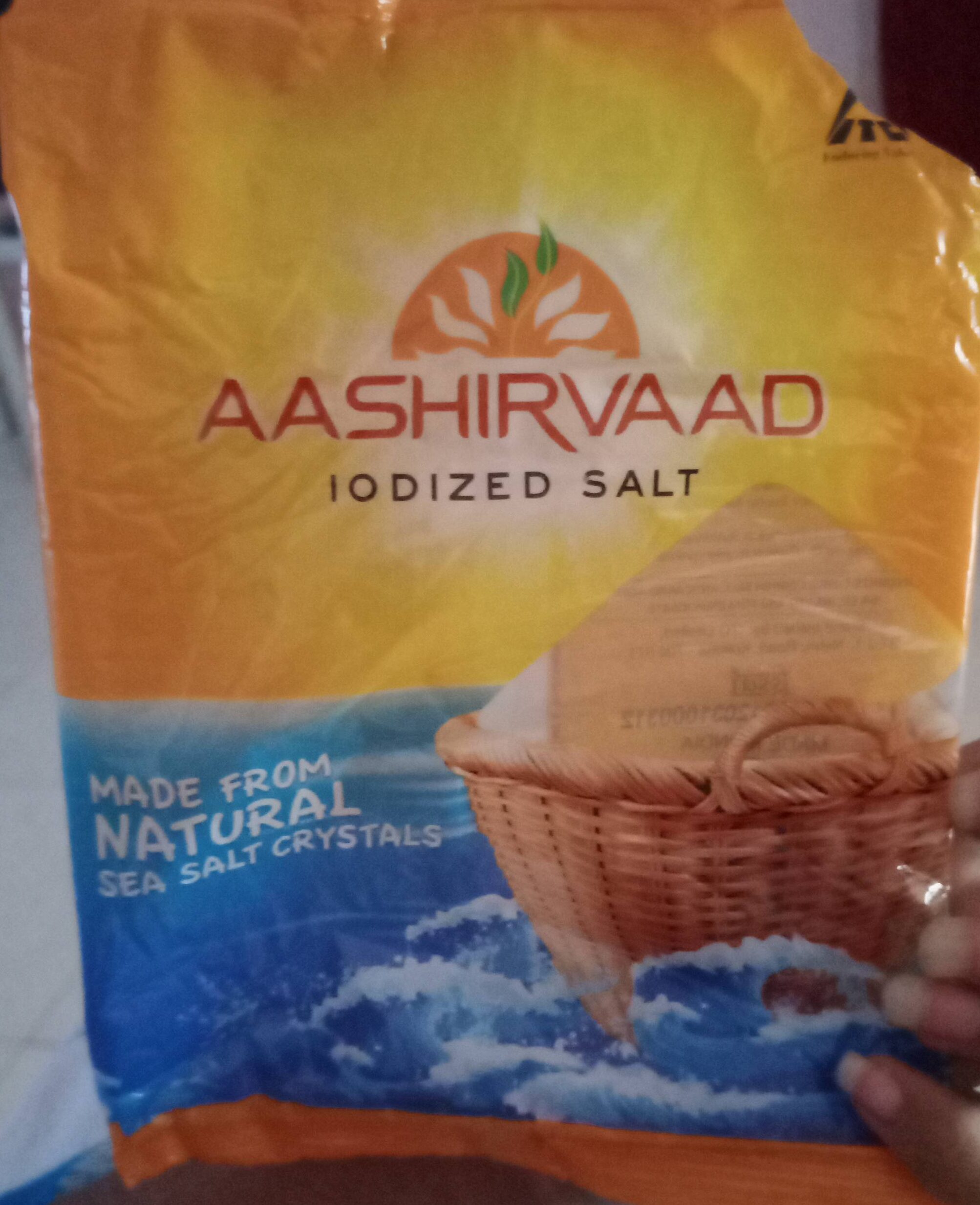iodized salt - aashirvaad - 1kg
This product page is not complete. You can help to complete it by editing it and adding more data from the photos we have, or by taking more photos using the app for Android or iPhone/iPad. Thank you!
×
Barcode: 8901725123123 (EAN / EAN-13)
Quantity: 1kg
Brands: Aashirvaad
Categories: Condiments, Salts, Iodised salts
Labels, certifications, awards:
Vegetarian, Green Dot India
Countries where sold: India
Matching with your preferences
Environment
Carbon footprint
Packaging
Transportation
Report a problem
Data sources
Product added on by foodless
Last edit of product page on by krishanti.
Product page also edited by openfoodfacts-contributors.
If the data is incomplete or incorrect, you can complete or correct it by editing this page.










